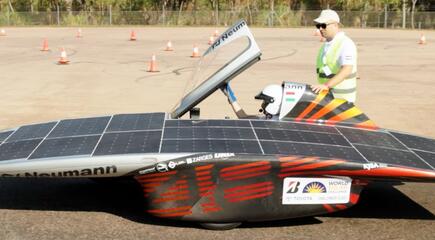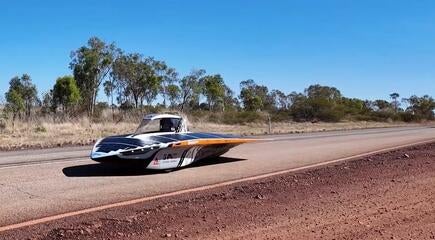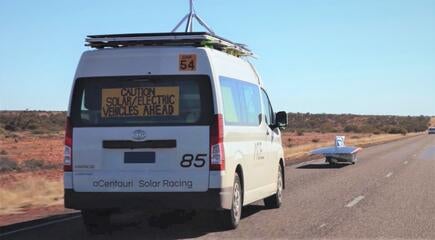The World’s Greatest Innovation and Engineering Challenge
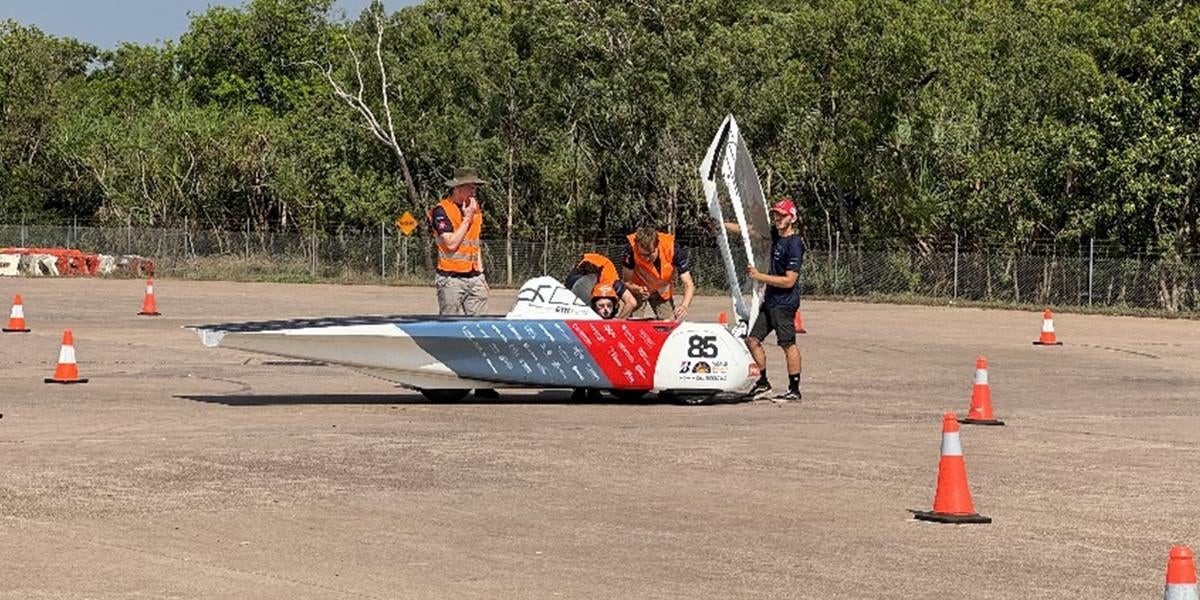
In the late 1970s, a geopolitical crisis caused a major oil shortage that resulted in several motor racing events being cancelled in Australia and other countries around the globe. Danish race car driver Hans Tholstrup was looking for something to do in the absence of racing. Instead of speed, he started to wonder how far he could go in a car powered only by solar energy. He was told it couldn’t be done. Two years later, Hans and his engineering friend, Larry Perkins, took their first solar car across Australia from Perth to Sydney – over 3,900 km!! This evolved into the first World Solar Challenge in 1987. That challenge attracted 23 teams – some of which took weeks to complete the shorter route from Darwin to Adelaide.
Billed today as “the World’s Greatest Innovation and Engineering Challenge,” the Bridgestone World Solar Challenge has hosted more than 10,000 participants who’ve contributed their ideas to produce the most energy-efficient solar electric cars. The Bridgestone World Solar Challenge is truly a testing ground for innovations in solar energy harvesting, energy efficiency and storage, aerodynamics, battery storage and so much more.
There are three classes of solar cars in the 2023:
- The Projecta Challenger Class is single-seat solar cars designed for efficiency.
- The CSIRO Cruiser Class is efficient, practical solar cars with two or more seats.
- The Adventure Class is solar cars that have been designed to participate in previous events but are not eligible for the challenger or cruiser class. (Adventure class is non-competitive.)
This year’s event has 44 entrants from 23 countries. Each Challenge improves upon the previous set of technical, safety, efficiency and design regulations, and the cars must adapt to improving technologies and increased competition. To ensure that the cars meet those regulations, they are put through a series of static and dynamic scrutineering tests that start a full week ahead of the actual race. During this time, the teams, many of whom shipped their cars first to Adelaide to scout the route backwards, interact with and support each other. Many are very forthcoming in sharing innovation and ideas.
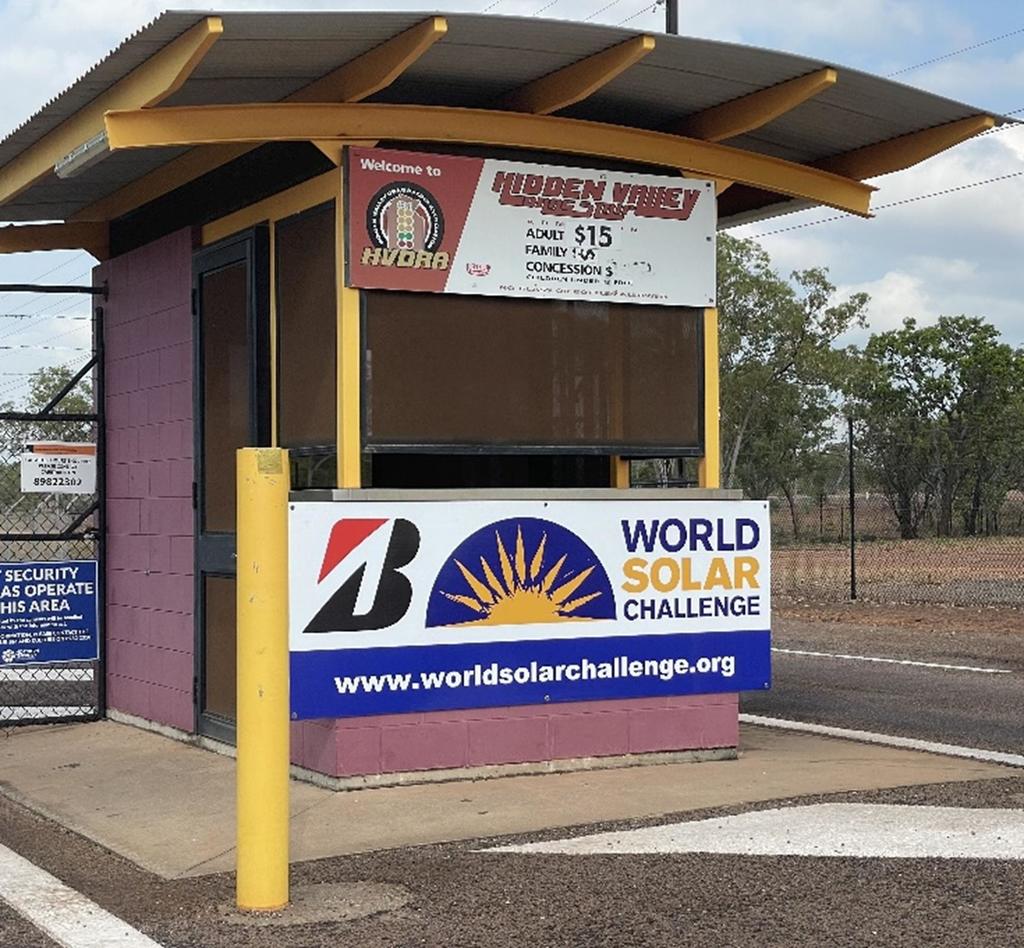
The final scrutineering activity is the “Hot Laps,” which the cars take around the Hidden Valley Raceway track in Darwin. These laps are also used to determine pole position at the start of the race in Darwin. Once the race begins, with 30 second intervals between starts, each team travels with a convoy of support vehicles.
Typically, a scout car leads the way, followed by the solar car, followed by a chase vehicle that monitors telemetry from and provides guidance to the solar car, followed by a support vehicle that brings all the additional gear and spare parts for maintenance, emergency repairs, and camping in the Outback.
Each day, the solar cars are only allowed to be on the road from 8 a.m. to 5 p.m. They are also required to stop at nine check-in points along the way not counting the finish in Adelaide. At each check-in stop, the cars are required to stop for 30 minutes total.
Each solar car has a team of drivers to share the workload. The cockpits of the solar cars are small and extremely hot, and the road is very straight and monotonous. Team αCentauri from Switzerland has four drivers, who plan to rotate in three-hour shifts.
By Thursday, the first Challenger Class solar cars begin to cross the finish line at Victoria Square in Adelaide followed by Cruiser Class finishers on Friday. The Bridgestone World Solar Challenge ends with presentations, a festival, judging of the Cruiser Class cars, a street parade, and an evening awards ceremony.
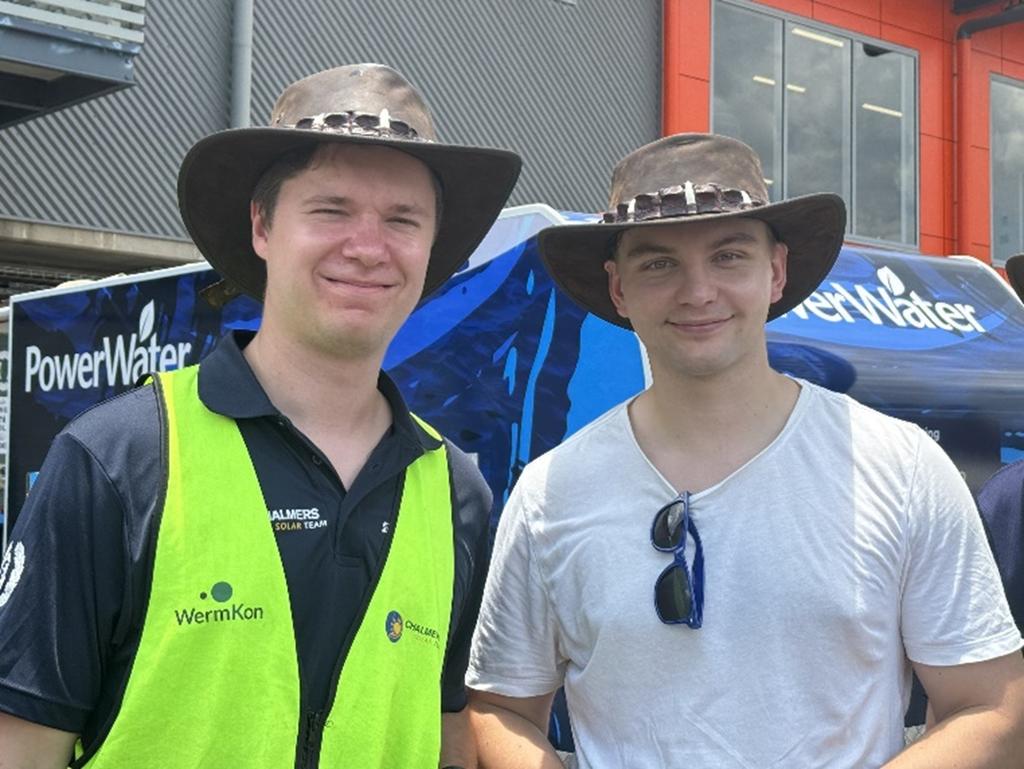
Power Integrations is excited to sponsor and cheer on Team αCentauri to a successful trek through the Outback. Mr. Green is heading to Australia to follow them in the #PowiGaNVan and will report along the way. We hope you’ll follow us via this blog, our YouTube channel and social channels.
This Mr. Green blog is part of a special series of blogs, vlogs, livestreams and social posts from the #PowiGaNVan as we follow Team αCentauri through the Australian Outback for the Bridgestone World Solar Challenge.


